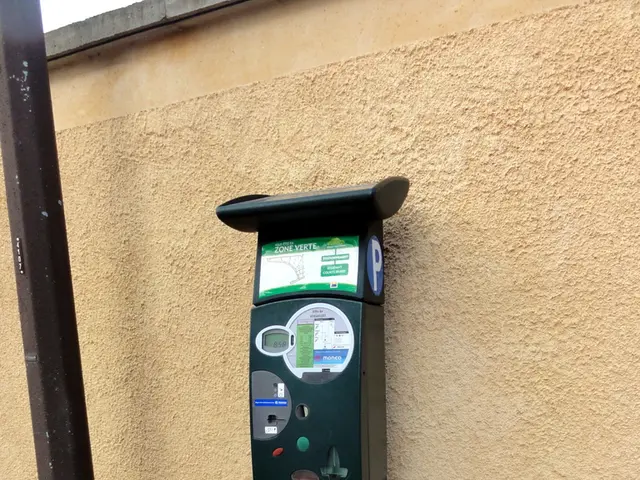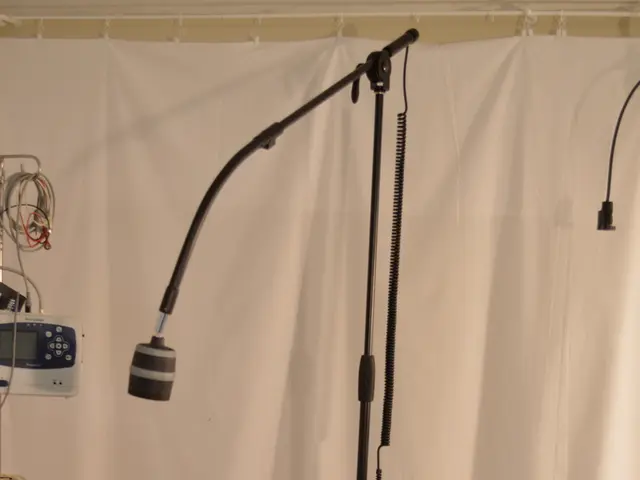mastering Short Deck Hold'em Poker gameplay
Short Deck Poker, also known as 6+ Hold'em, is a thrilling twist on the classic game of Texas Hold'em. This variant, played with a deck of 36 cards (with cards from deuce to five removed), offers a unique gaming experience due to its altered card probabilities and hand rankings.
Hand Rankings and Altered Probabilities
One of the main differences in hand rankings between Short Deck Poker and Texas Hold'em is that a flush beats a full house. Straights in Short Deck can use the ace as both high and low, for example, A-6-7-8-9 is a valid straight. Because of the shorter deck, hand frequency dynamics change, with pocket pairs, suited connectors, and higher cards becoming more valuable.
Strategic Shifts
Preflop Play
In contrast to Texas Hold'em, preflop ranges in Short Deck are looser. Players tend to open a wider range, limp more, and three-bet more frequently due to the deck composition leading to stronger average hands and more multi-way pots.
Postflop Play
Postflop equities tighten in Short Deck, meaning stronger hands are somewhat more common. This leads to higher variance, faster action, and more frequent all-in or big pot confrontations compared to Texas Hold'em. Traditional positional considerations remain critical, but Short Deck may alter positional dynamics slightly due to faster-paced action and different hand values.
Key Differences in Strategy
Bankroll management differs between the two games, with Short Deck’s larger swings demanding deeper roll due to increased variance, while Texas Hold'em’s variance is generally lower per hand but spread over more hands. Player reads and adaptations also differ, with Short Deck’s complex postflop dynamics requiring more nuanced skill sets and a focus on postflop play.
The Gambling Nature of Short Deck Poker
The lack of low cards in Short Deck changes the equities and odds, with draws becoming more powerful and weak made hands like one pair losing their value. This gambling nature makes Short Deck a high variance game, with nearly a 1 percent chance of being dealt pocket aces and the chance of getting dealt a hand like pocket aces or pocket kings being doubled.
The Structure of Short Deck Poker
Short Deck Poker is played with an ante and double ante blinds structure. Players have a lot of incentive to see a flop cheaply by simply calling the size of another ante. Once the pre-flop action is complete, the game proceeds in a regular no-limit style.
In summary, Short Deck Poker modifies hand rankings, compresses the deck leading to more frequent strong hands, and calls for looser, more aggressive preflop play with tighter postflop equities and higher variance. Texas Hold'em has more standard hand rankings and a more balanced mix of preflop and postflop strategy with generally lower variance per hand. Players transitioning between the two must adjust both their hand-reading and betting tactics accordingly.
[1] Crush Poker
[2] PokerNews
[3] PokerStrategy
[4] PokerListings
[5] PokerStars
- Exploring the world of casino games, a poker aficionado might find an insightful blog post discussing the unique properties and gambling trends of Short Deck Poker, also known as 6+ Hold'em, on platforms like PokerStrategy or PokerNews.
- In the realm of casino-and-gambling news, one might stumble upon an article showcasing how the hand rankings in Short Deck Poker differ significantly from traditional Texas Hold'em, with a flush beating a full house, on popular platforms such as PokerNews or Crush Poker.
- As a passionate casino gaming enthusiast, one could delve into the tactics of tournament play and discover strategic shifts in Short Deck Poker, particularly in the arena of postflop play, on reputable sources like PokerStrategy or PokerListings.








